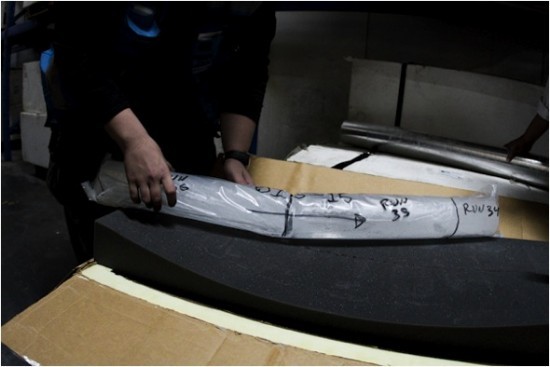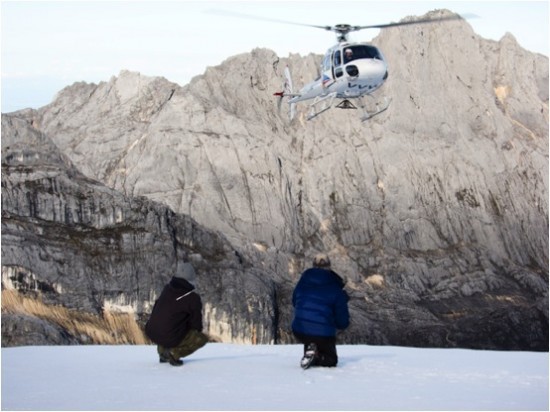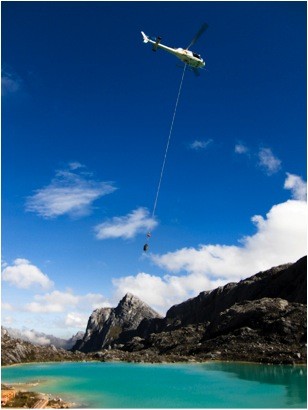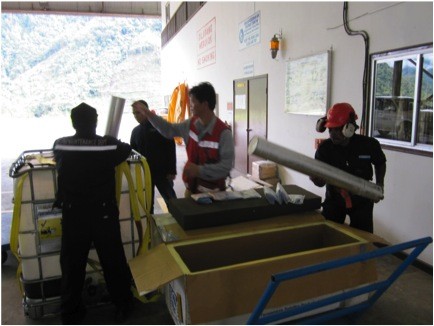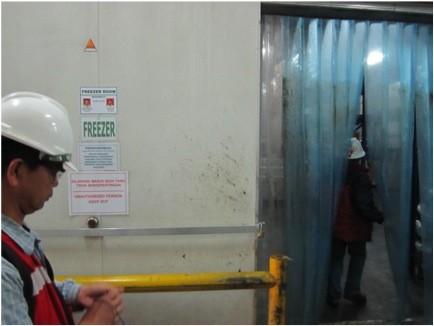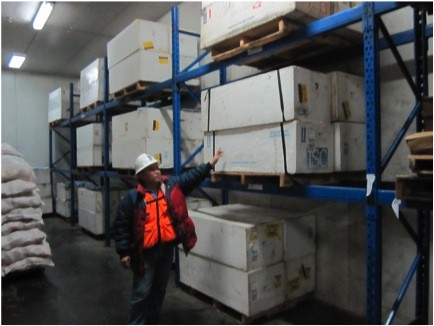The Ice Cores
Maybe the most difficult thing about ice cores comes after the actual drilling: then you then have to get them out and transport them long distances, and make sure they don’t melt. Otherwise, all that work was for nothing. Here are some images showing how we handle them initially. (Courtesy David Christenson/Freeport McMoRan)
June 18, 2010

